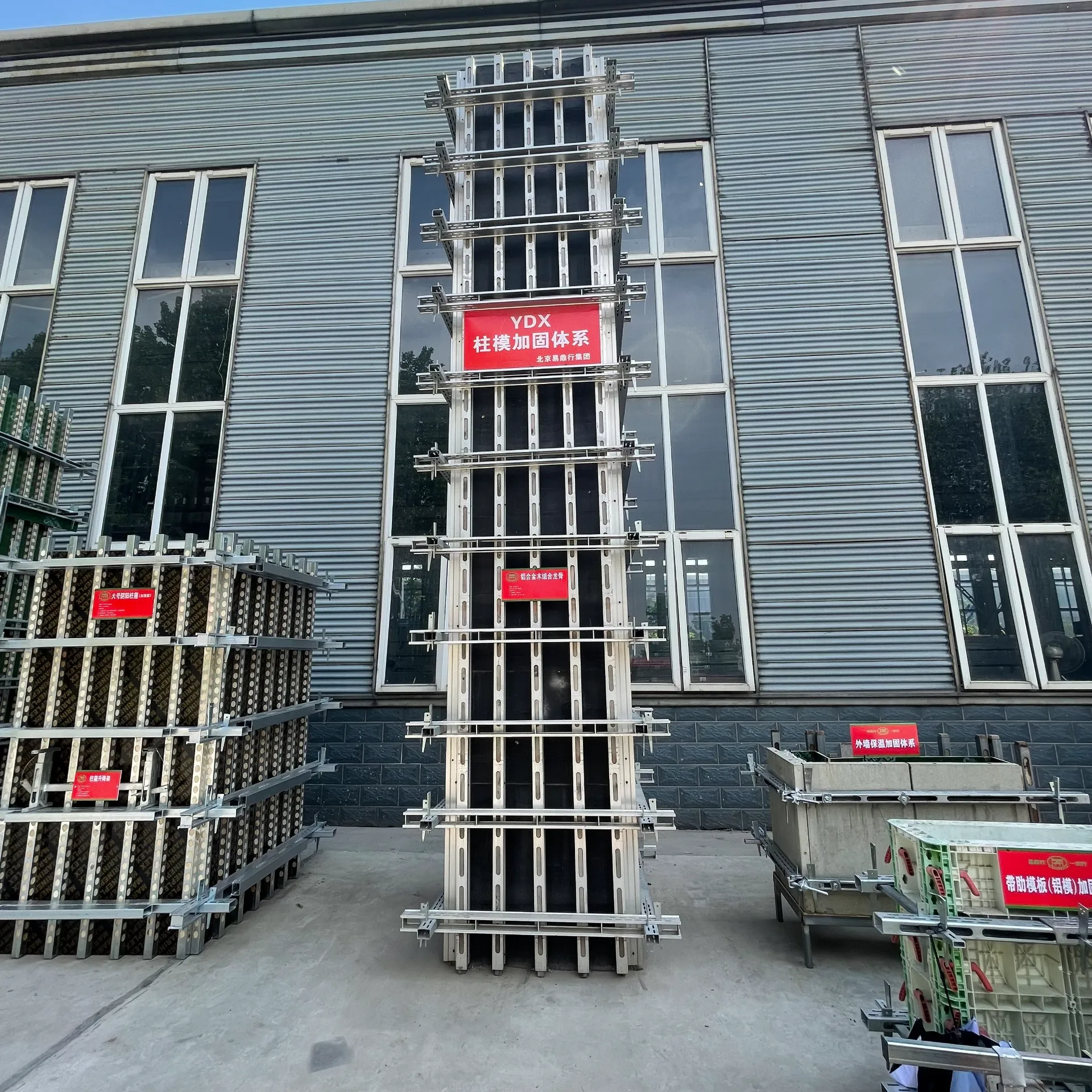
scaffolding cantilever bracket
Scaffolding Cantilever Brackets An Essential Component in Construction
In the dynamic world of construction, maintaining safety and efficiency is paramount. Scaffolding is an indispensable part of this industry, providing essential support and access for workers, materials, and equipment during building projects. Among the various components of scaffolding, cantilever brackets play a crucial role, especially in situations where traditional scaffolding doesn’t suffice. This article will delve into the significance, design, applications, and safety considerations of scaffolding cantilever brackets.
What are Scaffolding Cantilever Brackets?
Cantilever brackets are specialized scaffolding elements that extend out from a vertical support structure, allowing for a horizontal platform without the need for additional ground support. This design enables construction workers to access elevated areas effectively and safely, particularly in complex architectural projects or tight urban environments where space is limited.
Typically constructed from high-strength steel or aluminum, cantilever brackets are engineered to withstand significant loads while providing stability. These brackets can be adjusted to different heights and configurations to meet the specific requirements of a project, making them versatile tools in scaffold design.
Importance in Construction
One of the primary advantages of using cantilever brackets is their ability to provide a safe working platform where traditional scaffolding would be impractical. For example, when working on cantilevered structures, such as balconies or overhangs, cantilever brackets allow workers to create scaffolding that doesn’t obstruct the area below. This capability enhances productivity and safety, reducing the risk of accidents and improving workflow.
Additionally, cantilever brackets are instrumental in renovations and restorations where access to difficult areas is essential. By utilizing these brackets, contractors can reach heights and angles that would otherwise pose significant challenges. This adaptability is especially valuable in urban developments where space constraints necessitate innovative scaffolding solutions.
Design and Configuration
scaffolding cantilever bracket

The design of cantilever brackets is critical to their functionality and safety. Most commonly, they consist of a horizontal platform supported by a set of brackets anchored to a vertical structure, such as a wall or column. This setup distributes weight evenly, minimizing the risk of collapse.
Typically, cantilevered platforms should be installed at a specific angle to ensure they remain stable, particularly when loaded with materials or personnel. The brackets must also be secured with proper tie-offs and braces to prevent movement. Various configurations can be employed depending on the task at hand, such as single, double, or multi-tiered arrangements.
Safety Considerations
While cantilever brackets provide numerous benefits, they also come with inherent risks that must be managed. Safety is a top priority in any construction environment, and the use of cantilever brackets requires adherence to strict regulations and guidelines.
Before installation, a thorough assessment of the load-bearing capacity of the supporting surface must be conducted. It is crucial to ensure that the vertical structure can adequately support the weight of the cantilevered platform, materials, and personnel.
Moreover, workers should be trained in the proper setup, use, and dismantling of cantilever brackets. This training should include the importance of wearing personal protective equipment (PPE), such as helmets, harnesses, and non-slip footwear.
Regular inspections of the cantilever brackets during use are also vital. Inspecting for any signs of wear, corrosion, or instability can greatly reduce the risks of accidents. Moreover, scaffolding standards and local regulations should always be followed to ensure compliance and enhance safety on construction sites.
Conclusion
In conclusion, scaffolding cantilever brackets are essential components in modern construction practices. Their ability to provide safe, flexible access to challenging workspaces makes them invaluable in various projects, from new builds to restorations. However, the importance of adhering to safety protocols and conducting regular maintenance cannot be overstated. As the construction industry continues to evolve, the role of cantilever brackets will undoubtedly become even more significant, paving the way for innovation and improved safety practices in scaffolding solutions.
-
The Importance of Reinforcement Bar in ConstructionNewsJul.11,2025
-
The Durability of Timber Steel FurnitureNewsJul.11,2025
-
How to Assemble Fixed Clamp Scaffolding SafelyNewsJul.11,2025
-
Essential Column Rebar Specifications for High-Rise BuildingsNewsJul.11,2025
-
Common Applications of Steel Keels in ConstructionNewsJul.11,2025
-
Benefits of Using Aluminum Scaffolding Ladders Over SteelNewsJul.11,2025
-
Stainless Steel Keel: Analysis of the Triple Advantages of Rigidity, Stability, and LightweightNewsJun.19,2025










